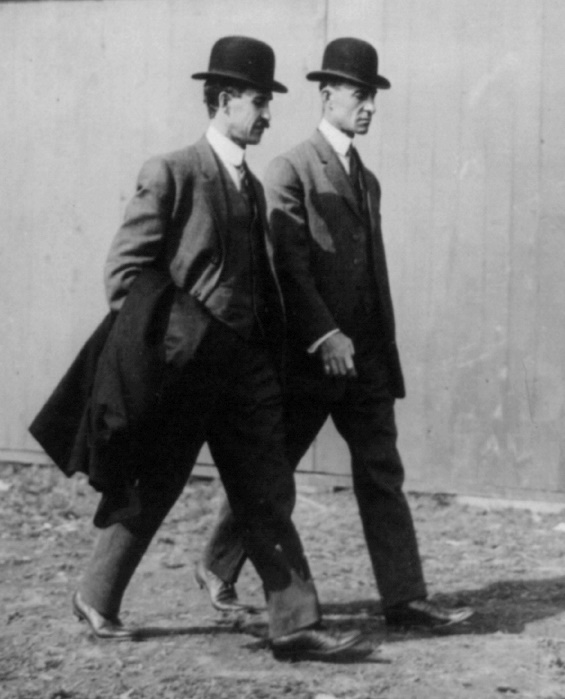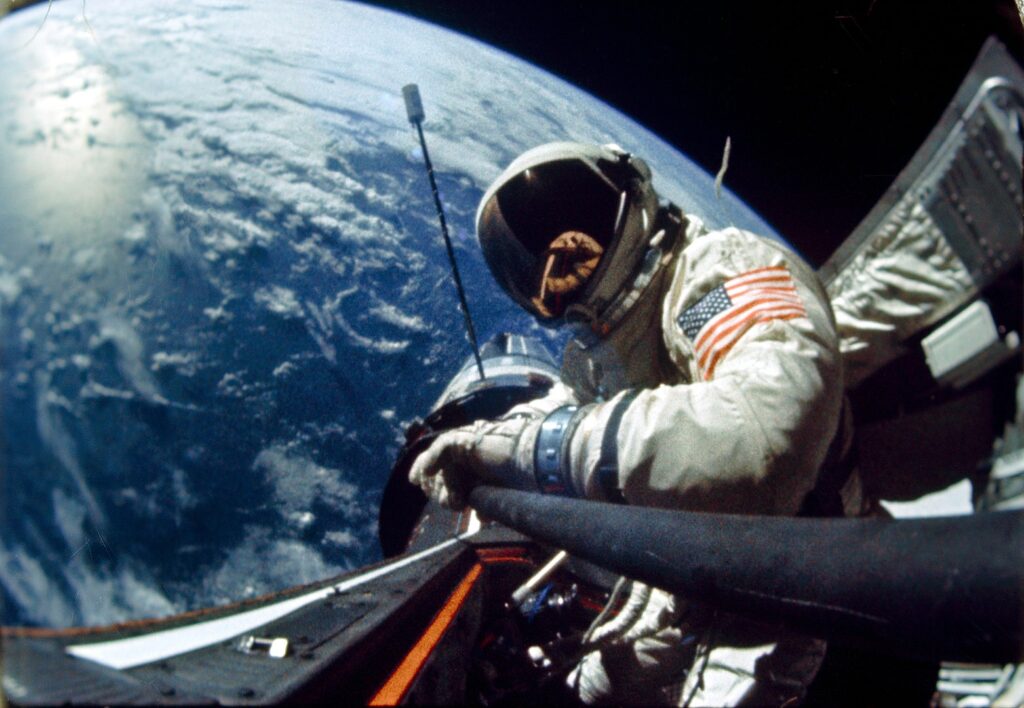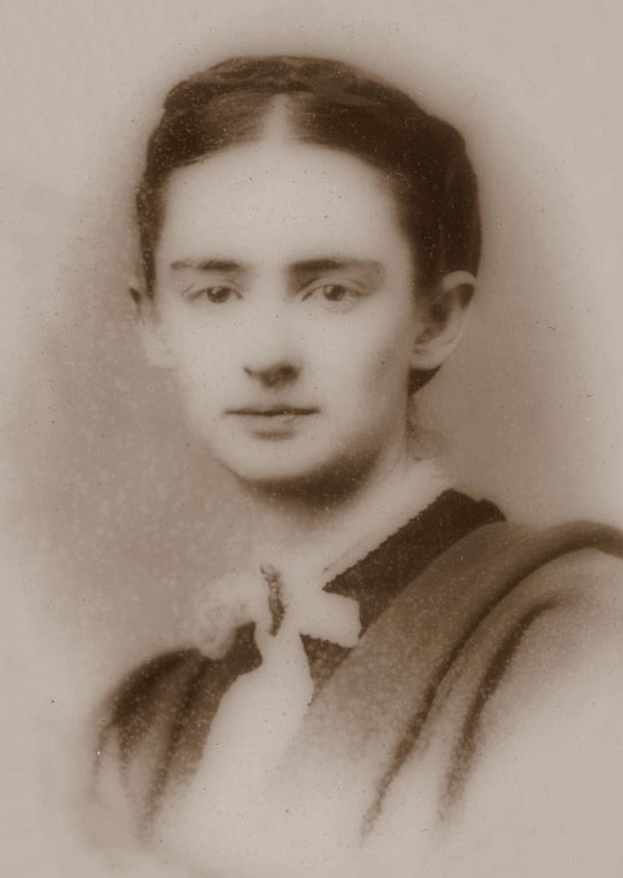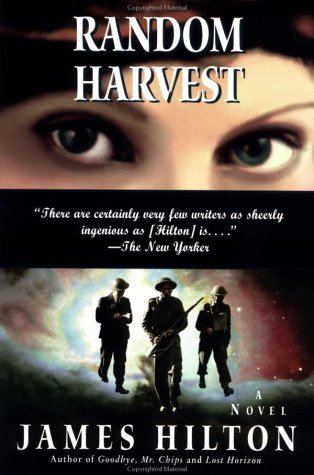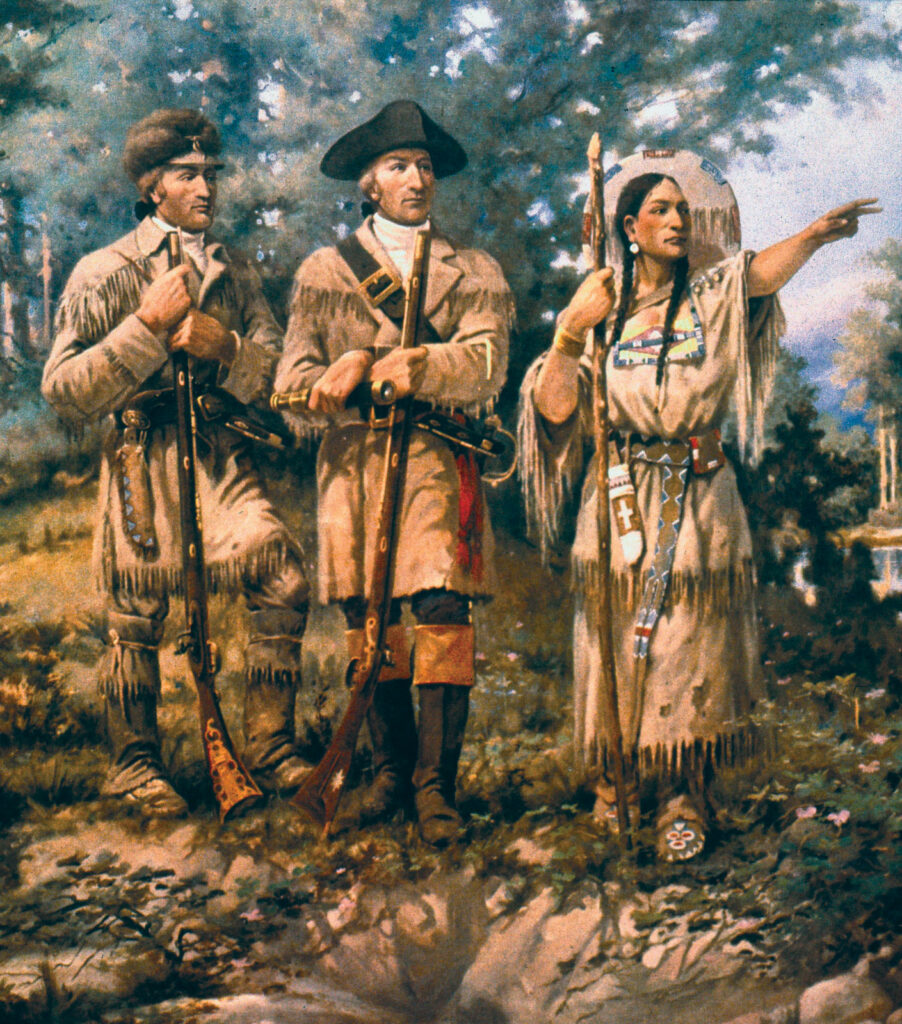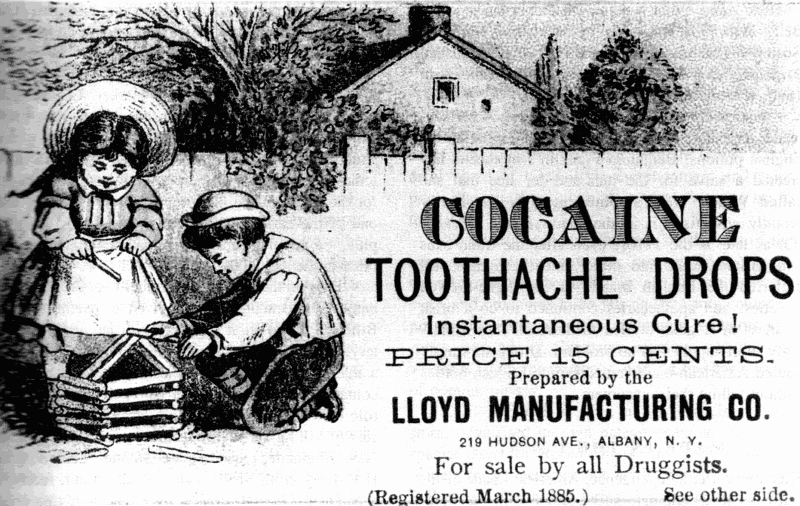
The young Wilbur Wright, a brilliant scholar and athlete, seemed destined to leave his little home town, go to Yale University and embark on a famous career. Then, when playing an ice hockey match, a player from the opposing team smashed Wilbur in the face with his hockey stick, knocking out most of his upper front teeth. Wilbur suffered months of pain, followed by bouts of depression and withdrawal. Yale was out of the question. What’s more, their mother, Katharine, was ill with tuberculosis. Wilbur became her carer and, having retreated to the confines of the house, he read and read and read.
The 15-year-old boy who smashed Wilbur Wright’s face and changed the history of aviation grew up to become one of Ohio’s most notorious serial killers. Oliver Crook Haugh was three years younger than Wilbur and lived a couple of blocks away, but was known as the neighbourhood bully. It’s not clear whether he meant to hit Wilbur, but the course of his later life suggests it was a premeditated strike. While a bully, Haugh was not a steretypical oaf: he qualified as a doctor and began practising in Dayton, Ohio (presumably Wilbur was not among his patients).
Obsessed with Robert Louis Stevenson’s novel Dr Jekyll and Mr Hyde, Haugh began experimenting on himself, seeking to prove that “two beings can exist in one body”. He also experimented with marriages – he had at least nine, many simultaneously, and four of his wives did not survive the union – and, as there were unexplained deaths among his patients, started to move around, opening up new practices, then moving on when the questions became too pressing. Haugh returned to Dayton in 1905, moving in with his parents and brother.
But then he learned that his parents had cut him out of their will. On the night of 5 November 1905, the Haugh family home caught fire. Oliver Haugh escaped, but his parents and brother did not. In the subsequent trial, Haugh pleaded not guilty by reason of insanity but he was found guilty and sentenced to death. He was executed by electric chair on 19 April 1907. At the time of Haugh’s death, Wilbur was in Europe, negotiating with interested governments over the sale of the brothers’ technology.

